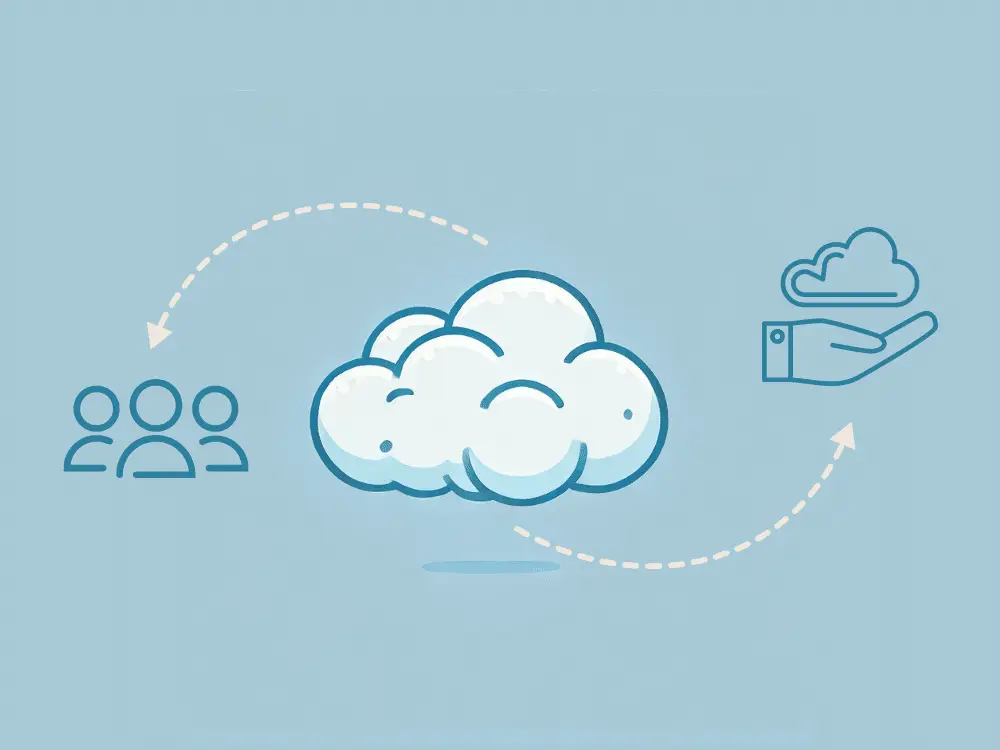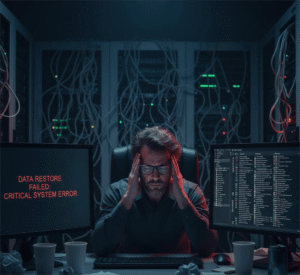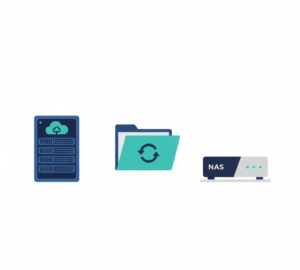Get to know Cloudsfer Backup & Restore Solution
The automated, secure, scalble way to keep your Autodesk Construction Cloud and BIM 360 files safe
Who is Responsible for the Data Security Stored in the Cloud? Is it the cloud provider, the user, or perhaps both, with each party bearing specific responsibilities? Understanding the division of duties in this context can sometimes be vague. Cloud providers often state in their terms and conditions that they operate under a “shared responsibility model,” but what does this actually mean, particularly in the context of cloud computing?
What is the Shared Responsibility Model in Cloud Computing?
The shared responsibility model is a framework that delineates the security responsibilities between the cloud service provider and the customer in a cloud-computing environment. In this model, the cloud provider is typically responsible for securing the underlying infrastructure, which includes data centers, networking equipment, and tasks like patching and updating operating systems. They also ensure the availability and reliability of cloud services. Cloud customers are responsible for securing their own data and applications.
How Does the Shared Responsibility Model Impact Cloud Security?
Proactive Security Audits
Users need to regularly conduct security audits to identify and address vulnerabilities within their cloud environment to ensure ongoing compliance and strong security measures are in place.
Effective Access Management
Implementing and maintaining stringent access management protocols is essential. Users must ensure that only authorized personnel have access to sensitive data and applications, minimizing the risk of unauthorized access.
Employee Education and Training
Users should invest in regular training programs to educate employees about best practices in cloud security. This includes recognizing phishing attempts, using strong passwords, and following company security policies.
Regular Data Off-site Backups
Users must perform regular cloud data backups to safeguard against data loss. This ensures that, in the event of a data breach or accidental deletion, critical information can be quickly restored.
What are the Responsibilities of Cloud Providers vs. Users in the Shared Responsibility Model?
| Aspect | Cloud Provider Responsibility | Customer Responsibility |
|---|---|---|
| Data Security | None | Securing data |
| Application Security | None | Securing applications |
| Access Management | None | Managing and controlling access |
| Network Security | Ensuring the security of the cloud infrastructure | Securing network configurations within the cloud environment |
| Compliance and Auditing | None | Ensuring compliance and conducting audits |
| Infrastructure Security | Physical and infrastructure security | None |
| Operational Security | Managing underlying hardware and software | None |
| Backup and Recovery | None | Implementing and managing backups |
| Monitoring and Logging | Monitoring the infrastructure and providing basic logs | Monitoring activity and maintaining detailed logs |
| Incident Response | Handling infrastructure-level issues | Reporting incidents and managing response for user-controlled aspects |
5 Must-Check Security Measures to Become a Security Leader
- Are We Conducting Regular Security Audits?
- Is Role-Based Access Control (RBAC) in Place to Ensure Users Have Only the Permissions Needed for Their Roles?
- Is Multifactor Authentication (MFA) Enforced?
- Are Employees Adequately Trained in Cloud Security Best Practices?
- Are We Monitoring and Logging Cloud Activity?
- Do We Have a Reliable Data Backup Strategy?
Cloudsfer: Your Backup Partner
Cloudsfer is here as your partner for backup—an automated, scalable, and secure solution.
Ready to connect to your cloud system, Cloudsfer can replicate your cloud data daily or weekly, according to your preference, to another external cloud system. It also enables you to restore your data with a single click in the event of a crisis.





